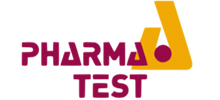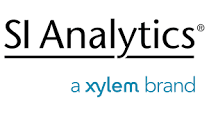In June 2024, we organized a comprehensive GCMS & HPLC user-level training session for our clients in Tanzania in line with our mission of equipping our clients with the expertise and capabilities needed to maximize the efficiency and effectiveness of our instruments.

This intensive week-long program was meticulously designed to focus on essential aspects of Shimadzu GCMS & HPLC maintenance. Hosted at the laboratories of ZFDA, a prominent client in Tanzania, the training provided a structured platform for hands-on learning and skill enhancement. The training attracted participants from 12 institutions across Tanzania.
GC-MS Training Overview
The GC-MS training program in Zanzibar spanned three intensive days, equipping participants with a thorough understanding of Gas Chromatography-Mass Spectrometry (GC-MS). We began with foundational topics in chromatography, covering column features, applications, and selection criteria. Participants engaged in troubleshooting exercises, learning to diagnose common issues such as baseline anomalies and peak distortions. The day concluded with detailed instruction on preventative maintenance for GC systems, highlighting essential practices like injection port upkeep and the replacement of components such as ferrules, glass inserts, septa, and O-rings.

On the second and third days, the training deepened with hands-on activities aimed at enhancing GC-MS maintenance skills. Participants gained practical experience in filament replacement, ion source cleaning, and conducting vacuum leak tests. Calibration sessions for mass spectrometry techniques, including Database SIM/MRM and NIST library searches, expanded their analytical capabilities. Practical workshops focused on service procedures and parts replacement for GC-MS systems. Training on the operational nuances of the EVOQUA purified water system was also conducted.

Work and Play
Before transitioning to the HPLC training session, participants enjoyed a well-deserved break during a lively event filled with fun and games. This networking opportunity allowed attendees to unwind and socialize in a relaxed setting, fostering camaraderie and professional connections among peers. Engaging activities and light-hearted interactions further enriched the experience, creating a vibrant atmosphere where insights from the training could be shared informally. The cocktail session not only provided a refreshing break but also contributed to a sense of community among participants, enhancing their overall learning and networking experience during the training program.


HPLC Training Highlights
The latter part of the training program was dedicated to High-Performance Liquid Chromatography (HPLC), providing participants with advanced skills and knowledge to proficiently operate HPLC systems. Sessions began with an in-depth exploration of HPLC configurations and the functional roles of system components. Practical exercises focused on troubleshooting techniques for pumps and degassers, addressing issues such as air entrapment, valve malfunctions, and seal integrity. Discussions on mobile phase purity, filtration methods, and solvent preparation techniques underscored the importance of meticulous system maintenance for reliable analytical results.

Participants gained practical expertise in setting pump pressure, conducting leak tests, and assessing solvent quality critical for precise chromatographic analysis. They also learned essential maintenance practices, including the proper cleaning and replacement of seals, to sustain peak HPLC performance.
By the end of the training, participants were equipped with comprehensive skills to confidently handle diverse analytical challenges and optimize GC-MS and HPLC methodologies in their professional laboratory settings.
Closing Ceremony
The training concluded with an awards ceremony attended by Dr. Burhani Simai, Executive Director of ZFDA, adding a dignified conclusion to the event.




Special thanks to all stakeholders who made the training a success.
Written by Gacheri Mitchelle Judy |Marketing Executive





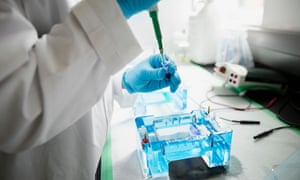
 Now, let’s talk about the real shocker – chromatography. Studying it in theory was one thing; facing an HPLC (High-Performance Liquid Chromatography) system was another. My college practical hadn’t ventured beyond direct titrations. The first time I saw an HPLC, I was baffled. And when it came to handling a chromatographic column, well, that’s a comical tale of trial and error.
Now, let’s talk about the real shocker – chromatography. Studying it in theory was one thing; facing an HPLC (High-Performance Liquid Chromatography) system was another. My college practical hadn’t ventured beyond direct titrations. The first time I saw an HPLC, I was baffled. And when it came to handling a chromatographic column, well, that’s a comical tale of trial and error.
 els.
els.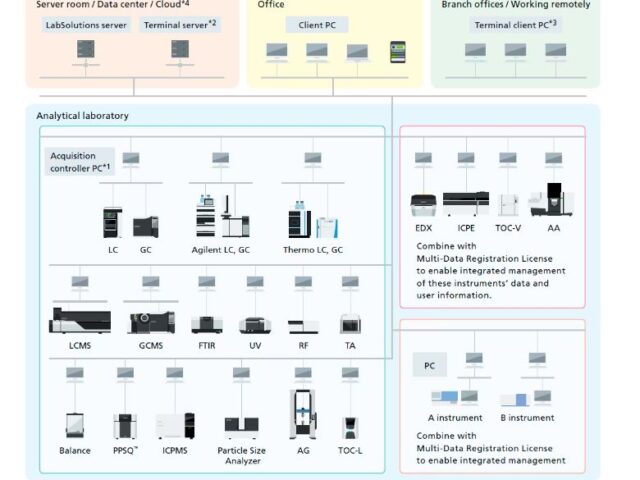

 Remote Access
Remote Access




 Report creation from various instruments
Report creation from various instruments

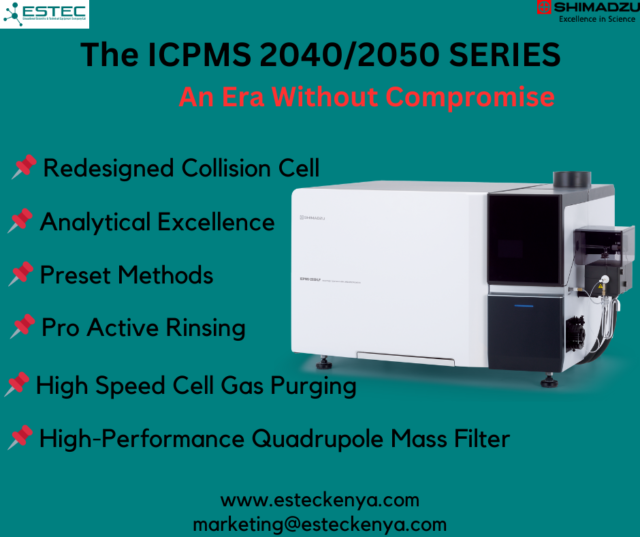

 𝐔𝐧𝐯𝐞𝐢𝐥𝐢𝐧𝐠 𝐭𝐡𝐞 𝐏𝐨𝐰𝐞𝐫𝐡𝐨𝐮𝐬𝐞𝐬 𝐛𝐞𝐡𝐢𝐧𝐝 𝐨𝐮𝐫 𝐀𝐧𝐚𝐥𝐲𝐭𝐢𝐜𝐚𝐥 𝐄𝐱𝐜𝐞𝐥𝐥𝐞𝐧𝐜𝐞
𝐔𝐧𝐯𝐞𝐢𝐥𝐢𝐧𝐠 𝐭𝐡𝐞 𝐏𝐨𝐰𝐞𝐫𝐡𝐨𝐮𝐬𝐞𝐬 𝐛𝐞𝐡𝐢𝐧𝐝 𝐨𝐮𝐫 𝐀𝐧𝐚𝐥𝐲𝐭𝐢𝐜𝐚𝐥 𝐄𝐱𝐜𝐞𝐥𝐥𝐞𝐧𝐜𝐞 







